How to Make Screen Print Transfers
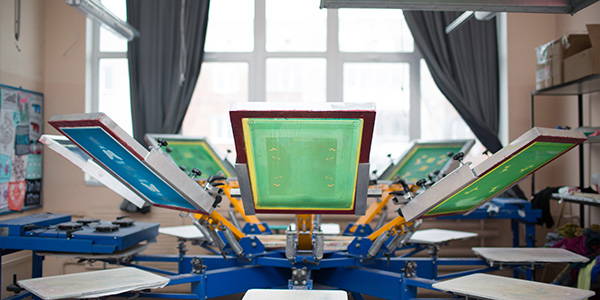
The Professional's Guide to Screen Printing Transfers
In the realm of textile and merchandise design, screen printing transfers stand out as a sophisticated method for producing high-quality, vibrant designs. This technique not only enhances the aesthetic appeal of products but also ensures durability and color fidelity, making it a preferred choice among professionals in the industry. Whether you're running a boutique design studio, launching a branded apparel line, or seeking to elevate your craft projects, understanding the nuances of screen printing transfers can significantly impact your creative output. Let's delve into the refined process of creating screen printing transfers, tailored for professionals looking for precision and excellence in their work.

Understanding Screen Printing Transfers
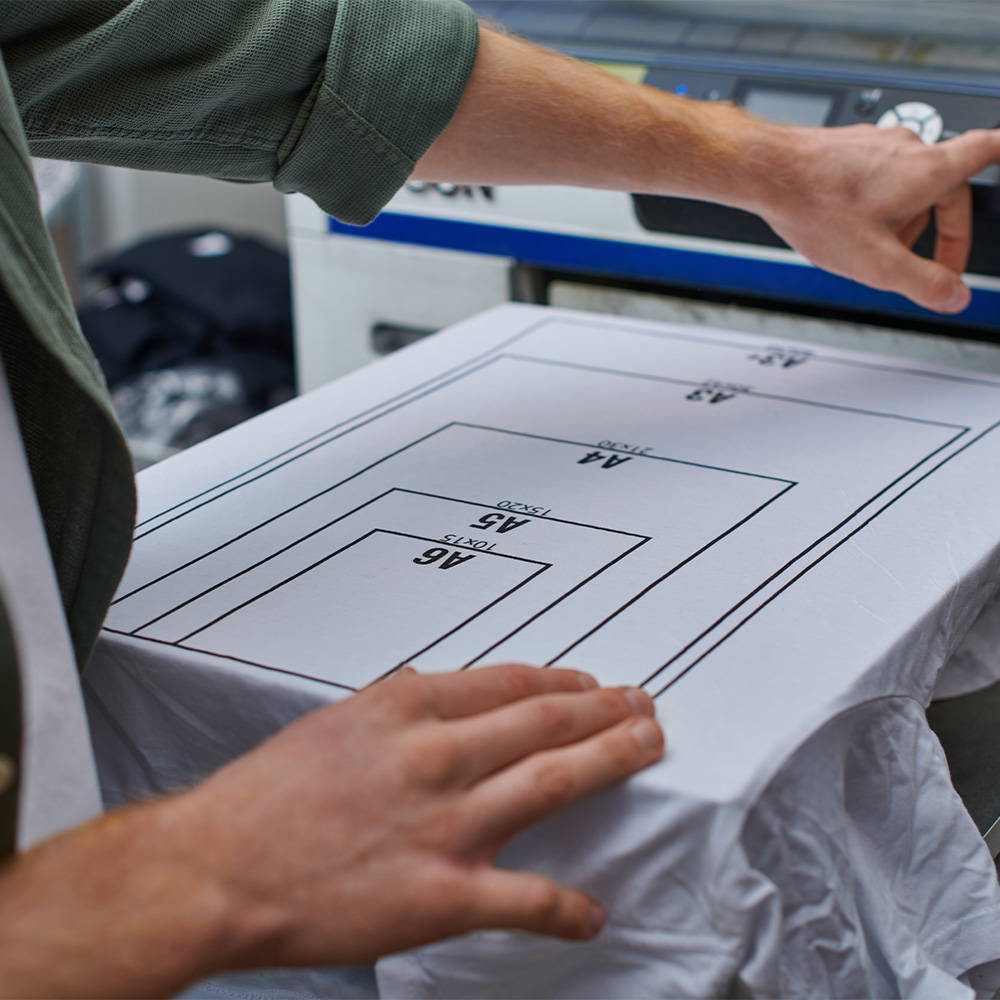
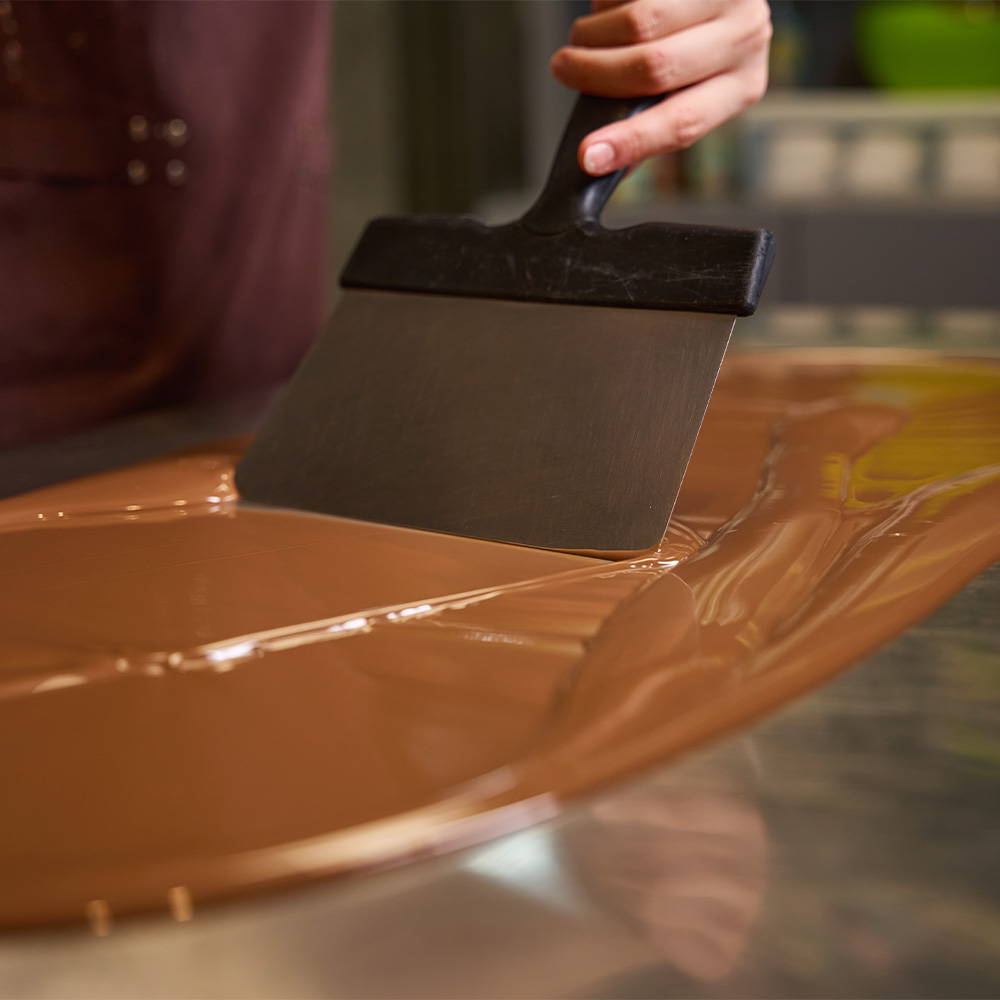
Find the perfect tee
Find the perfect t-shirt effortlessly! Take our short quiz and answer a few simple questions about your style, fit, and material preferences.
Our quiz will quickly narrow down the options and provide personalized recommendations just for you.
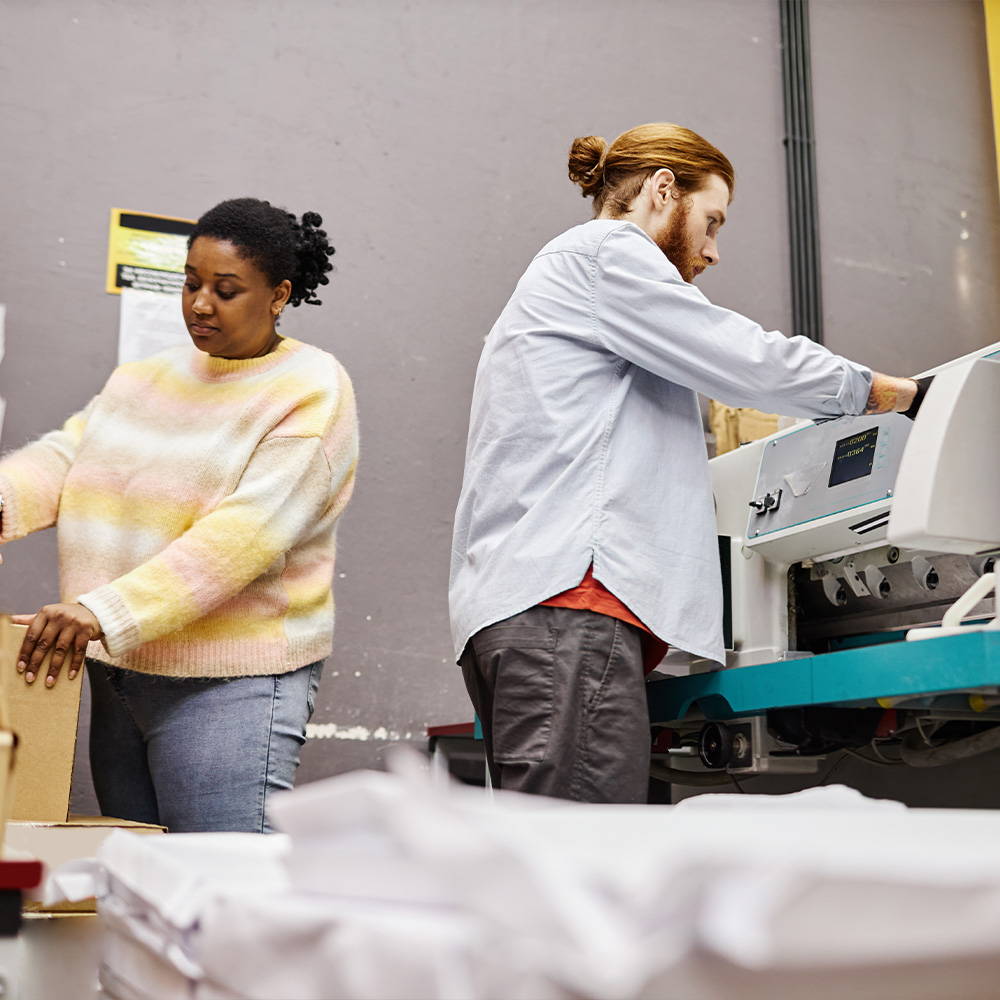
The Art of Design and Preparation

Crunching the Numbers: Average Costs
Ballpark Figures for Different Printing Methods
Additional Costs to Consider
Get a Quick Quote
Ready to discover pricing fast? Don't hesitate – click the button below and get your quick quote now.
Tips for Cost-Effective Custom T-Shirt Printing
Curious to know the cost of Custom Embroidery?
If you're curious to know the cost of embroidery, click the "Learn more" button below and find our the costs on your specific needs!
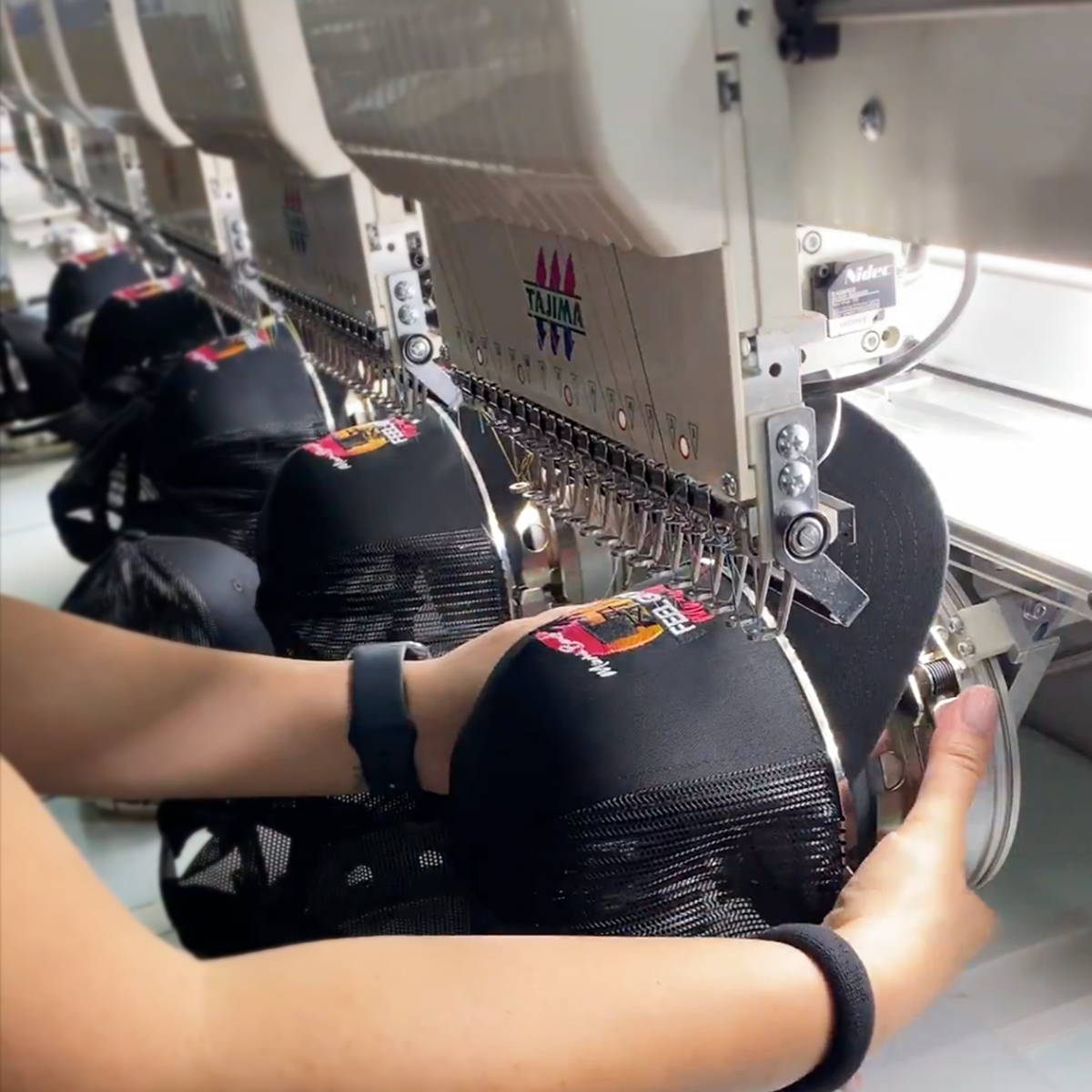
Sign up for Great offers
Join us to get unlimited access to the our weekly offers
